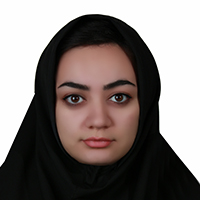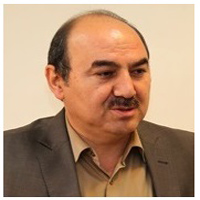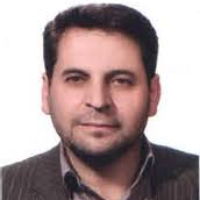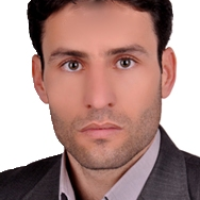Comparison of the Effectiveness of Transcranial Direct Current Stimulation (tDCS) and Computer-based Cognitive Rehabilitation on Improving Impulsivity in Children with Attention Deficit- Hyperactivity Disorder
The purpose of this study was to compare the effectiveness of Transcranial Direct Current Brain Stimulation (tDCS) and computer-based cognitive rehabilitation on improving impulsivity in children with attention-deficit/ hyperactivity disorder.
The current research design was quasi-experimental with pre-test-post-test and control group. 60 children with attention-deficit/ hyperactivity disorder were selected by purposeful sampling and randomly placed in three groups: experiment 1, experiment 2, and control (20 people in each group). Data were collected using Connors Parent Rating Scale (1978), Raven's Progressive Matrices Test (2000), and Barrett's impulsivity questionnaire (1995). The subjects of the first experimental group received Transcranial Direct Brain Stimulation and the second experimental group also received Captain Log's rehabilitation intervention. The control group did not receive any intervention. Data were analyzed with covariance analysis and Bonferroni's post hoc test.
The results showed that experimental groups had lower impulsivity compared with the control group. Also, by controlling the effect of the pre-test in the two experimental groups, there is a significant difference between the two methods of transcranial direct current brain stimulation and computer-based cognitive rehabilitation (P<0.05), and transcranial direct current brain stimulation is more effective in improving the impulsivity in children with attention-deficit/ hyperactivity disorder.
According to the results, it can be said that the intervention of transcranial direct brain stimulation and cognitive rehabilitation was effective in improving impulsivity in children with attention-deficit/ hyperactivity disorder. Therefore, both interventions can be used to improve impulsivity in these children.
-
Standardization the Scale of Violent Extremism and Study its Relationship with the Approval of Social Violence Against Women
Bahman Esmaeili Anamagh, *
Social Psychology Research, -
The effectiveness of Compassion Focused Art Therapy on Psychological Capital and Anger Rumination in Abused and Orphaned Adolescents
Zahra Saeedi, *, , Alireza Hosseinisadr
Rooyesh-e-Ravanshenasi, -
Designing and Evaluating the Structural Model of Dark Personality Traits of Students Based on Childhood Trauma and the Mediating Role of Early maladaptive schemas.
Saifullah Aghajani, Shayan Noori Lasaki, Reihaneh Afkhami, Mohammad Zarei Nouroozi *
Achievements of Clinical Psychology, -
Presenting the model of academic resilience based on behavioral brain systems and academic perfectionism with the mediator role of emotional dyslexia
Esmaiel Soleimani *, Ali Noori, , Ali Esazadeghan
Journal of Management and educational perspective, -
The effectiveness of interpersonal therapy on improving self-control and social anxiety in students with learning disabilitie
Maryam Ezatibabi, *, Nilofar Mikaeili,
Journal of Exceptional Children, Winter 2025 -
Comparison of thinking styles and academic well-being in students with and without learning disabilities
*, Nima Sadeghzadeh Belil
Journal of Learning Disabilities, -
The Effectiveness of Positive Parenting to Mothers on Self-efficacy and Resilience of Children with Specific Learning Disorders
Afsane Shokri, Hir *
Journal of Learning Disabilities, -
Comparison of Parenting Styles, Marital Satisfaction and Mental Well-being in Mothers with and without Stuttering Children
Hir, Alireza Moradian *, Pezhman Honarmand, Parviz Porzoor
Journal of School Psychology,






